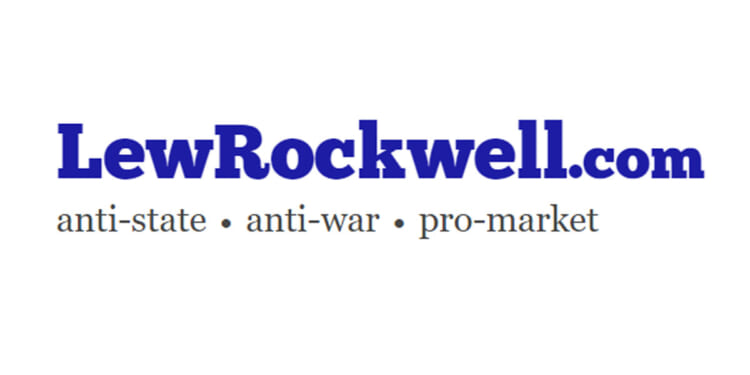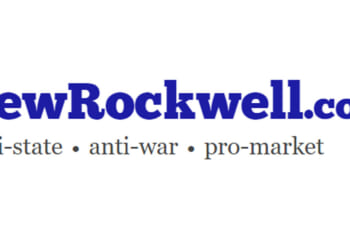The Great Depression of 1929 stands as one of the most significant economic crises in modern history, casting a long shadow over the global financial landscape. Sparked by a catastrophic stock market crash in October, this era of intense economic turmoil led to widespread unemployment, poverty, and social unrest. In the United States, millions lost their jobs, homes, and savings, forcing families to confront an uncertain and often dire future. This article delves into the factors that precipitated the Great Depression, its profound impact on American society, the government responses that shaped economic policy, and the global ramifications of this devastating crisis. By understanding these aspects, we can glean valuable lessons that inform current economic practices and prepare us for future economic challenges.
The Causes of the Great Depression
The Great Depression did not arise in a vacuum; it was the result of a confluence of several factors that had been brewing throughout the 1920s. To fully understand the causes of the Great Depression, it is essential to look at the economic environment of the 1920s, commonly referred to as the “Roaring Twenties.” This period was marked by significant economic growth, technological advances, and an unprecedented rise in consumer culture. However, this prosperity was built on shaky foundations, and cracks were starting to appear.
One of the primary catalysts for the Great Depression was the rampant speculation in the stock market. During the late 1920s, an increasing number of Americans began investing in stocks, often borrowing money to purchase shares in hopes of quick profit. This speculative bubble was characterized by inflated stock prices that did not reflect the actual value of the companies. The euphoria surrounding stock investments created an unsustainable market driven by the belief that prices would continue to rise indefinitely. Unfortunately, this led to an inevitable collapse when the bubble burst in October 1929, resulting in a dramatic stock market crash that sent shockwaves throughout the economy.
Bank failures also played a crucial role in deepening the economic crisis. With the collapse of the stock market, many banks faced immense financial pressure as their clients rushed to withdraw their savings, fearing for their financial security. The banking system, which had become over-leveraged during the boom years, was unable to withstand the sudden surge of withdrawals. By 1933, approximately 9,000 banks had failed, wiping out billions in savings and further destabilizing the economy. The loss of confidence in the banking system exacerbated the financial crisis, leaving consumers with little access to credit and diminishing their ability to spend, which in turn led to decreased production and even more layoffs.
International trade issues also contributed to the economic downturn. In an attempt to protect American industries, the U.S. government enacted the Smoot-Hawley Tariff in 1930, which raised tariffs on hundreds of imported goods. Although the intention was to bolster the domestic economy, the result was a significant decrease in international trade. Other nations retaliated by imposing tariffs on American goods, leading to a cascading effect of reduced trade volumes and increased economic isolationism. The combination of these protective measures further deepened the global economic crisis, proving counterproductive to the very goals they sought to achieve.
Additionally, economic disparities and the concentration of wealth in the hands of a few created an unstable economic environment. While the upper echelons of society reaped the benefits of the booming economy, a significant portion of the population struggled to make ends meet. This disparity in wealth led to reduced consumer spending, which is a vital component for economic growth. Without a robust consumer base, businesses struggled to maintain production levels, leading to layoffs and further economic contraction.
In summary, the causes of the Great Depression were multifaceted and interconnected. The speculative practices of the stock market, bank failures, international trade barriers, and growing economic inequality all played significant roles in leading the world into one of its darkest economic periods. By examining these causes, we can draw lessons not only about financial prudence but also about the importance of a balanced economic system that supports all citizens, rather than a select few.
The Impact of the Great Depression on Society
The ramifications of the Great Depression extended far beyond economic collapse; they reshaped the social fabric of the United States. As unemployment soared, many families faced dire financial straits. By 1933, unemployment rates had skyrocketed to approximately 25%, leaving millions of Americans without jobs and many more struggling to survive on meager means. This widespread financial despair led to significant social challenges, including increased rates of homelessness, malnutrition, and mental health issues.
The plight of the unemployed was visible in cities and towns across the nation. Shantytowns, often referred to as “Hoovervilles” after President Herbert Hoover, sprang up as displaced families sought shelter in makeshift huts. These communities became symbols of the suffering and hardship endured during this era. Families often found themselves living in extreme poverty, with many children going hungry or forced to drop out of school to support their families. The loss of a stable home environment had long-lasting effects on the health and education of these children, many of whom would experience generational poverty as a result.
Furthermore, the Great Depression had a profound effect on the American psyche. The sense of insecurity and hopelessness permeated society, as people grappled with the loss of their dreams and aspirations. The stress of financial instability contributed to a rise in mental health issues, including anxiety and depression. Families were torn apart by financial difficulties, with some individuals resorting to desperate measures, including theft or begging. The collective trauma experienced during this period would leave scars that echoed throughout psychological studies and societal dynamics in subsequent decades.
Social movements also began to emerge in response to the crises created by the Great Depression. Workers organized strikes and protests, demanding fair wages and better working conditions. Labor unions became more prominent as workers sought to protect their rights in an increasingly volatile job market. For many, invoking the power of collective bargaining became a means of survival. This surge in labor activism ultimately contributed to significant changes in labor laws and workers’ rights in the years that followed.
The Great Depression also prompted shifts in public attitudes toward government intervention in the economy. Prior to this period, many believed in a laissez-faire approach, where the government primarily took a hands-off stance regarding economic affairs. However, the scale of the crisis led many to advocate for a more active role for the government in providing support for those in need. This shift in public opinion laid the groundwork for future social safety nets and government programs that aimed to assist those facing economic hardship.
In conclusion, the impact of the Great Depression on society was profound and multifaceted. The economic collapse not only led to widespread unemployment and poverty but also altered the way individuals viewed work, government, and their place within society. The lessons learned during this tumultuous time continue to resonate today, emphasizing the importance of social safety nets, economic equality, and the resilience of the human spirit in the face of adversity.
The Government response to Great Depression and how policies changed
In the wake of the Great Depression, the U.S. government faced intense pressure to respond to the profound economic crisis that had gripped the nation. Under the leadership of President Franklin D. Roosevelt, who took office in March 1933, the government implemented a series of sweeping reforms and policies collectively known as the New Deal. These initiatives aimed to provide immediate relief to the unemployed, to stimulate economic recovery, and to implement lasting reforms to prevent future economic collapses.
One of the cornerstone programs of the New Deal was the Civilian Conservation Corps (CCC), established in 1933. This program aimed to provide jobs for young men while simultaneously addressing environmental conservation efforts. Participants in the CCC worked on projects ranging from reforestation to building parks and trails, enabling them to support their families while also contributing to national recovery efforts. By the time the program came to an end, millions of young men had benefited from the CCC, gaining work experience and developing skills that would serve them for a lifetime.
Another critical aspect of the New Deal was the creation of the Public Works Administration (PWA), which aimed to stimulate the economy by investing in large-scale public works projects. The PWA funded the construction of infrastructure such as schools, hospitals, and bridges, creating jobs for thousands and laying the groundwork for future economic growth. These projects not only provided immediate employment but also contributed to long-term improvements in public services and infrastructure.
The Federal Emergency Relief Administration (FERA) was also established to provide financial assistance to states for direct relief programs. This initiative allowed states to distribute funds to those most in need, ensuring that the most vulnerable populations received support in a timely manner. FERA marked a significant shift in government policy toward direct intervention in alleviating poverty and provided a model for future entitlement programs.
In addition to these relief programs, the New Deal included regulatory reforms aimed at stabilizing the financial system. The Glass-Steagall Act of 1933 separated commercial banking from investment banking, creating a barrier to limit risky financial practices that had contributed to the economic collapse. The establishment of the Securities and Exchange Commission (SEC) sought to regulate the stock market and protect investors from fraudulent practices, restoring public confidence in the financial system.
Furthermore, the New Deal brought about reforms in labor rights with the passage of the National Labor Relations Act (Wagner Act) in 1935. This legislation guaranteed the rights of workers to organize, join unions, and engage in collective bargaining. This marked a significant shift in labor relations, as it provided a legal framework for workers to negotiate better wages and working conditions. The act resulted in a surge of union membership and empowered workers in their fight for labor rights.
The New Deal also included social welfare programs, such as the Social Security Act of 1935, which established a social safety net for the elderly, unemployed, and disabled. By providing financial support to vulnerable populations, the Social Security Act marked a significant transformation in the government’s role in economic security, providing a foundation for the modern welfare state.
While the New Deal faced criticism from various quarters, including conservative politicians and those who argued it expanded government power too far, the overall response to the Great Depression reflected a paradigm shift in how the government perceived its role in the economy. The efforts initiated under the New Deal laid the foundation for a more interventionist government and contributed to the eventual recovery from the Great Depression.
In conclusion, the government’s response to the Great Depression through the New Deal was multifaceted and transformative. Through a series of innovative programs and policies, the government sought to address the immediate needs of a struggling population while implementing reforms to safeguard against future economic crises. The legacy of the New Deal continues to shape discussions around economic policy and the role of government intervention, highlighting the importance of adaptable responses in times of crisis.













